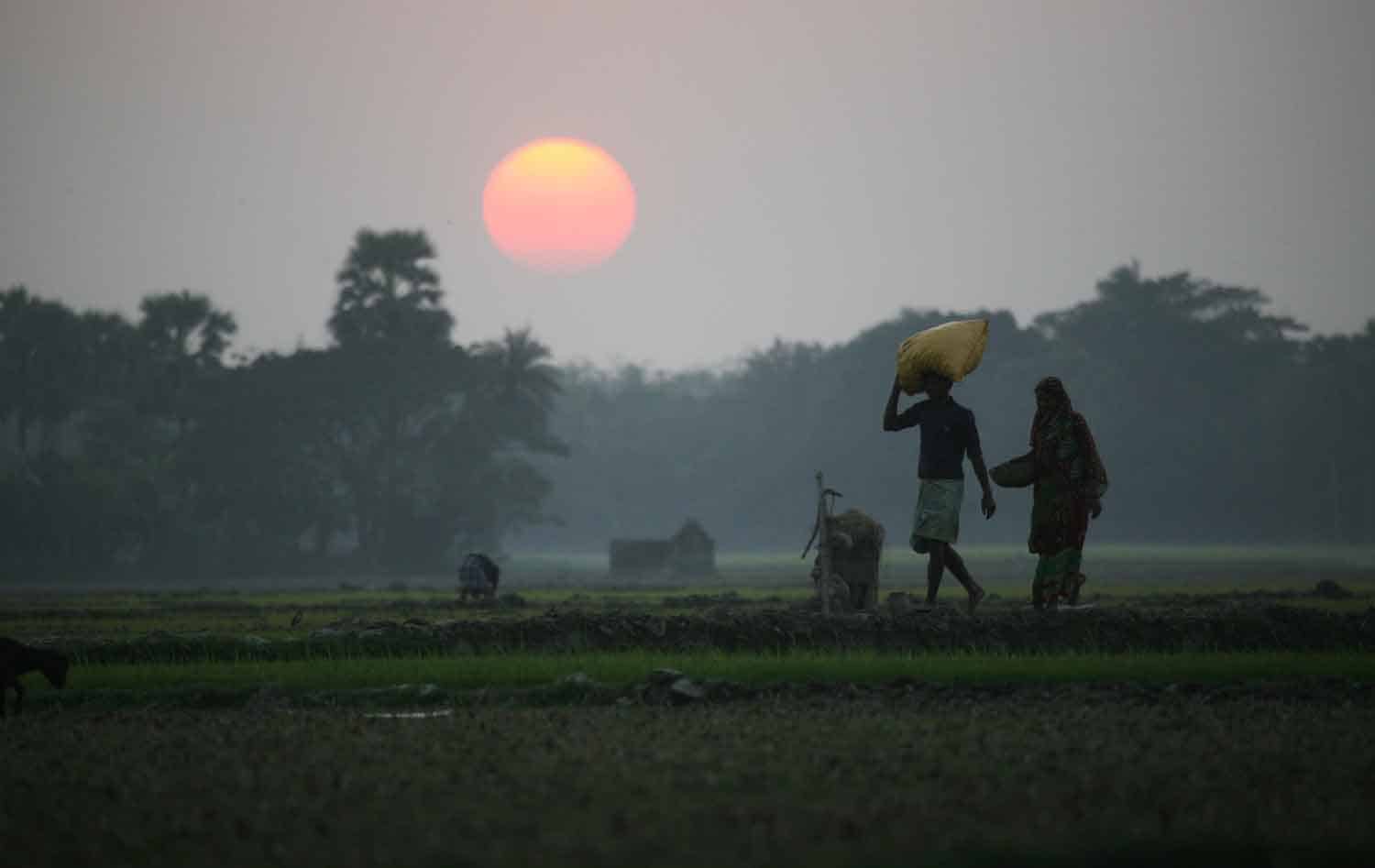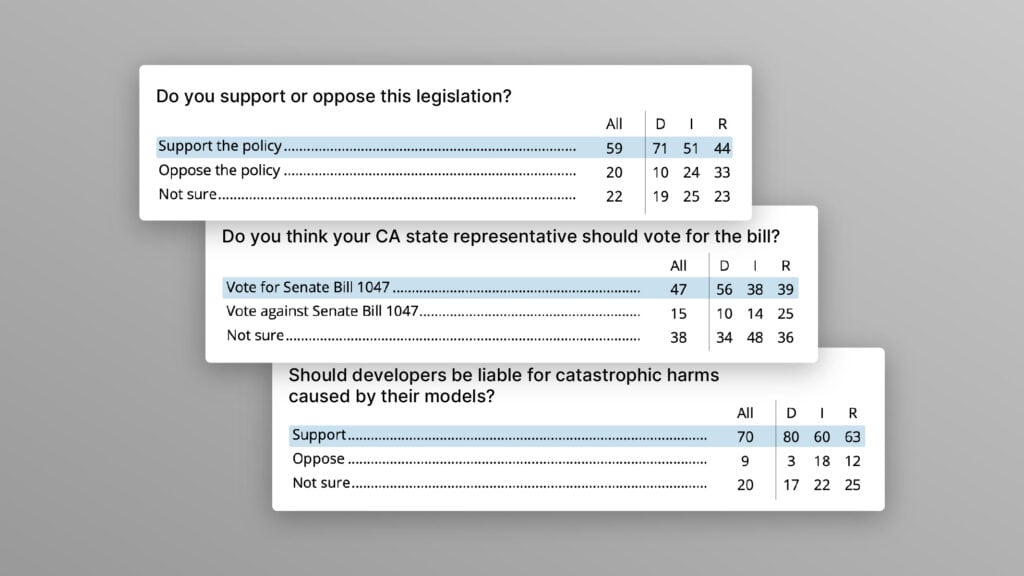Developing Countries Can’t Afford Climate Change

Contents
Click here to see this page in other languages: Russian![]()
Developing countries currently cannot sustain themselves, let alone grow, without relying heavily on fossil fuels. Global warming typically takes a back seat to feeding, housing, and employing these countries’ citizens. Yet the weather fluctuations and consequences of climate change are already impacting food growth in many of these countries. Is there a solution?
Developing Countries Need Fossil Fuels
Fossil fuels are still the cheapest, most reliable energy resources available. When a developing country wants to build a functional economic system and end rampant poverty, it turns to fossil fuels.
India, for example, is home to one-third of the world’s 1.2 billion citizens living in poverty. That’s 400 million people in one country without sufficient food or shelter (for comparison, the entire U.S. population is roughly 323 million people). India hopes to transition to renewable energy as its economy grows, but the investment needed to meet its renewable energy goals “is equivalent to over four times the country’s annual defense spending, and over ten times the country’s annual spending on health and education.”
Unless something changes, developing countries like India cannot fight climate change and provide for their citizens. In fact, developing countries will only accelerate global warming as their economies grow because they cannot afford alternatives. Wealthy countries cannot afford to ignore the impact of these growing, developing countries.
The Link Between Economic Growth and CO2
According to a World Bank report, “poor and middle-income countries already account for just over half of total carbon emissions.” And this percentage will only rise as developing countries grow. Achieving a global society in which all citizens earn a living wage and climate catastrophe is averted requires breaking the link between economic growth and increasing carbon emissions in developing countries.
Today, most developing countries that decrease their poverty rates also have increased rates of carbon emissions. In East Asia and the Pacific, the number of people living in extreme poverty declined from 1.1 billion to 161 million between 1981 and 2011—an 85% decrease. In this same time period, the amount of carbon dioxide per capita rose from 2.1 tons per capita to 5.9 tons per capita—a 185% increase.
South Asia saw similar changes during this time frame. As the number of people living in extreme poverty decreased by 30%, the amount of carbon dioxide increased by 204%.
In Sub-Saharan Africa, the number of people living in poverty increased by 98% in this thirty-year span, while carbon dioxide per capita decreased by 17%. Given the current energy situation, if sub-Saharan Africans are to escape extreme poverty, they will have to increase their carbon use—unless developed countries step in to offer clean alternatives.
Carbon Emissions Rate Vs. Total
Many wealthier countries have been researching alternative forms of energy for decades. And that work may be starting to pay off.
New data shows that, since the year 2000, 21 developed countries have reduced annual greenhouse gas emissions while simultaneously growing their economies. Moreover, this isn’t all related to a drop in the industrial sector. Uzbekistan, Bulgaria, Switzerland, and the Czech Republic demonstrated that countries do not need to shrink their industrial sectors to break the link between economic growth and increased greenhouse gas emissions.
Most importantly, global carbon emissions stalled from 2014 to 2015 as the global economy grew.
But is this rate of global decoupling fast enough to keep the planet from warming another two degrees Celsius? When emissions stall at 32.1 billion metric tons for two years, that’s still 64.2 billion metric tons of carbon being pumped into the atmosphere over two years.
The carbon emissions rate might fall, but the total continues to grow enormously. A sharp decline in carbon emissions is necessary to keep the planet at a safe global temperature. At the 2015 Paris Climate Conference, the United Nations concluded that in order to keep global temperatures from rising another two degrees Celsius, global carbon emissions “must fall to net zero in the second half of the century.”
In order to encourage this, the Paris agreement included measures to ensure that wealthy countries finance developing countries “with respect to both mitigation and adaptation.” For mitigation, countries are expected to abide by their pledges to reduce emissions and use more renewable energy, and for adaptation, the deal sets a global goal for “enhancing adaptive capacity, strengthening resilience and reducing vulnerability to climate change.”
Incentivizing R&D
One way wealthy countries can benefit both themselves and developing countries is through research and development. As wealthier countries develop cheaper forms of alternative energy, developing countries can take advantage of the new technologies. Wealthy countries can also help subsidize renewable energy for countries dealing with higher rates of poverty.
Yet, as of 2014, wealthy countries had invested very little in this process, providing only 0.2% of developing countries’ GDP for adaptation and mitigation. Moreover, a 2015 paper from the IMF revealed that while we spend $100 billion per year subsidizing renewable energy, we spend an estimated $5.3 trillion subsidizing fossil fuels. This fossil fuel subsidy includes “the uncompensated costs of air pollution, congestion and global warming.”
Such a huge disparity indicates that wealthy countries either need stronger incentives or stronger legal obligations to shift this fossil fuel money towards renewable energy. The Paris agreement intends to strengthen legal obligations, but its language is vague, and it lacks details that would ensure wealthy countries follow through with their responsibilities.
However, despite the shortcomings of legal obligations, monetary incentives do exist. India, for example, wants to vastly increase its solar power capacity to address this global threat. They need $100 billion to fund this expansion, which could spell a huge opportunity for U.S. banks, according to Raymond Vickery, an expert on U.S-India economic ties. This would be a boon for the U.S. economy, and it would set an important precedent for other wealthy countries to assist and invest in developing countries.
However, global leaders need to move quickly. The effects of global warming already threaten the world and the economies of developing countries, especially India.
Global Impact of Climate Change
India relies on the monsoon cycle to water crops and maintain its “nearly $370 billion agricultural sector and hundreds of millions of jobs.” Yet as the Indian Ocean has warmed, the monsoon cycle has become unreliable, resulting in massive droughts and dying crops.
Across the globe, scientists expect developing countries such as India to be hit hardest by rising temperatures and changes in rainfall. Furthermore, these countries with limited financial resources and weak infrastructure will struggle to adapt and sustain their economic growth in the face of changing climate. Nicholas Stern predicts that a two-degree rise in temperature would cost about 1% of world GDP. But the World Bank estimates that it would cost India 5% of their GDP.
Moreover, changes such as global warming act as “threat multipliers” because they increase the likelihood of other existential threats. In India, increased carbon dioxide emissions have contributed to warmer temperatures, which have triggered extensive droughts and increased poverty. But the problems don’t end here. Higher levels of hunger and poverty can magnify political tensions, potentially leading to conflict and even nuclear war. India and Pakistan both have nuclear weapons—if drought expands and cripples their economies, violence can more easily erupt.
Alternatively, wealthy nations could capitalize on investment opportunities in developing countries. In doing so, their own economies will benefit while simultaneously aiding the effort to reach net zero carbon emissions.
Global warming is, by definition, a global crisis. Mitigating this threat will require global cooperation and global solutions.
About the Future of Life Institute
The Future of Life Institute (FLI) is a global think tank with a team of 20+ full-time staff operating across the US and Europe. FLI has been working to steer the development of transformative technologies towards benefitting life and away from extreme large-scale risks since its founding in 2014. Find out more about our mission or explore our work.
Related content
Other posts about Climate & Environment, Recent News

The U.S. Public Wants Regulation (or Prohibition) of Expert‑Level and Superhuman AI

Poll Shows Broad Popularity of CA SB1047 to Regulate AI


